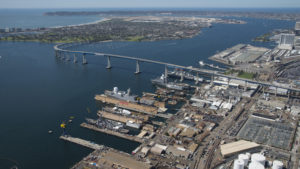
The Navy’s top acquisition officer is closely watching for disruption on contract work due to the COVID-19 pandemic, directing programs baselined before the virus impacted industry while also keeping a close watch on more vulnerable small businesses. “One of the key actions for the program teams early last week was to baseline current performance so we can clearly understand what is a delay and disruption due to unique challenges of this situation vs. a delay that had already incurred and…

 By
By 











